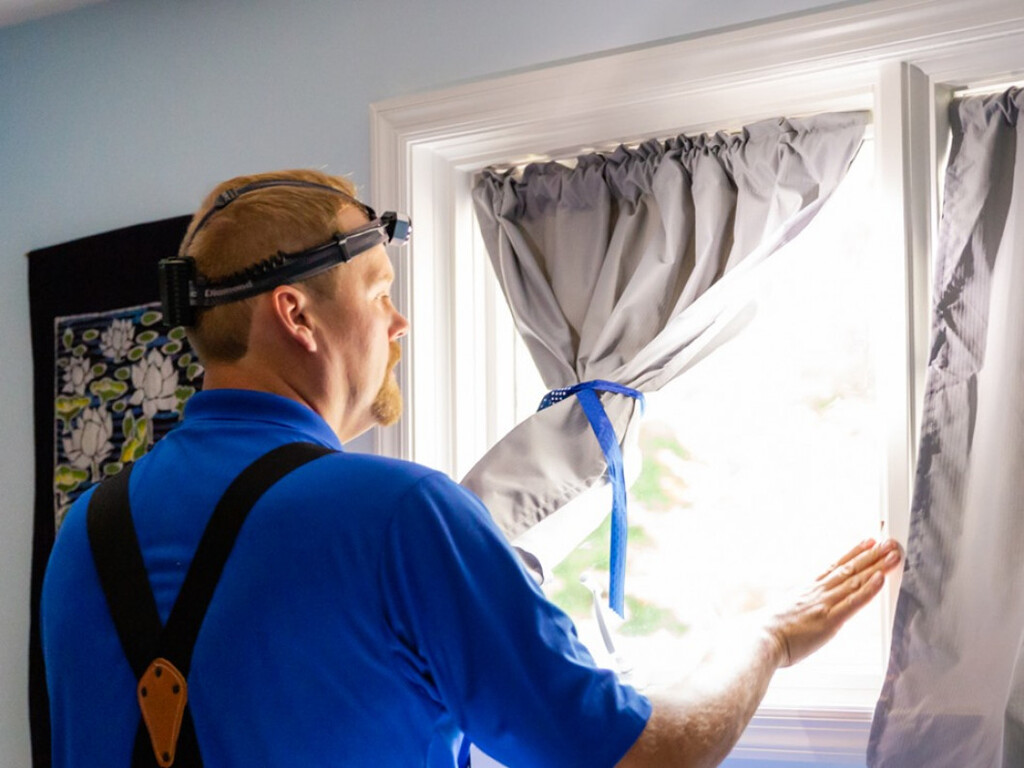Optimize Your Compliance with Trusted Mycotoxin testing Services Solutions
Optimize Your Compliance with Trusted Mycotoxin testing Services Solutions
Blog Article
Just How Mycotoxin Testing Assists Protect Against Contamination and Guard Food Products

Mycotoxin screening is a crucial technique in the food market, serving as a frontline defense against contamination by dangerous toxins created by mold and mildews. With the application of sophisticated techniques like High-Performance Fluid Chromatography (HPLC) and Fluid Chromatography-Mass Spectrometry (LC-MS), food producers can properly quantify and discover mycotoxin degrees in agricultural products.
Understanding Mycotoxins
Comprehending mycotoxins begins with identifying that they are hazardous additional metabolites produced by particular molds, which can pollute agricultural products. These metabolites are not important for the growth or recreation of the fungi yet can have severe implications for human and animal health and wellness. Mycotoxins are typically located in staple crops such as corn, wheat, barley, and nuts, where they can multiply under particular conditions of wetness and temperature level.
There are numerous kinds of mycotoxins, each produced by different fungal types. Fusarium varieties create fumonisins and trichothecenes, both of which are associated with different acute and persistent wellness concerns.

Threats of Mycotoxin Contamination
The dangers of mycotoxin contamination are complex, posturing considerable hazards to both food safety and public health and wellness. Mycotoxins, toxic compounds produced by particular types of fungi, can contaminate a vast variety of agricultural products consisting of grains, nuts, spices, dried fruits, and coffee.
Economic impacts are one more major problem. Infected plants can lead to considerable financial losses for farmers and food manufacturers because of lowered returns and the need for costly purification procedures. Furthermore, worldwide profession can be considerably hindered as nations impose strict mycotoxin guidelines to shield their populations, bring about denied shipments and stretched trade connections.
Ecological variables such as environment modification worsen the threat of mycotoxin contamination. Variations in temperature level and humidity can create favorable problems for fungal growth, increasing the probability of contamination events. Thus, understanding and reducing these dangers are critical for guaranteeing the security and stability of international food materials.
Techniques of Mycotoxin Testing
Properly identifying mycotoxin contamination in farming items is crucial for protecting public health and wellness and maintaining food safety and security criteria. Various techniques are employed to spot and quantify mycotoxins, each offering details benefits and restrictions.
High-Performance Liquid Chromatography (HPLC) is a commonly utilized approach because of its high level of sensitivity and accuracy. It includes dividing mycotoxins from other compounds in a sample, making it possible for precise metrology. Similarly, Liquid Chromatography-Mass Spectrometry (LC-MS) integrates fluid chromatography with mass spectrometry to supply in-depth molecular details, making it specifically beneficial for determining numerous mycotoxins concurrently - Mycotoxin testing Services.

Gas Chromatography-Mass Spectrometry (GC-MS) and Thin-Layer Chromatography (TLC) are additionally employed, each with unique applications. GC-MS works for unpredictable mycotoxins, while TLC offers a less complex, cost-efficient choice for initial screening.
Benefits of Normal Testing
Regular screening for mycotoxins in farming items provides various benefits, significantly adding to public wellness and food safety and security. By determining contamination early, regular testing aids stop the distribution of toxic foods, therefore lowering the threat of mycotoxin-related health problems among customers. This aggressive method not only safeguards human wellness however also boosts the general quality of food products.
Different nations and regions have developed rigorous limits for mycotoxin degrees in food and feed. browse around this site Sticking to these limits with normal screening guarantees that manufacturers and suppliers meet legal requirements, consequently staying clear of penalties and trade obstacles.
In addition, regular mycotoxin testing can result in substantial financial advantages. Early detection of contamination enables for prompt treatment, reducing prospective losses from extensive contamination. Implementing regular testing procedures can additionally minimize recall expenses and relevant liabilities, which can be economically devastating.
Additionally, routine screening gives valuable data that can notify much better farming techniques and storage problems. By recognizing patterns of contamination, producers can take on safety nets, therefore adding and lowering future threats to the sustainability of the food supply chain.
Applying Examining Methods
Applying efficient mycotoxin testing methods is vital for making sure the security and quality of farming products. Each phase needs to be inspected to pinpoint where mycotoxin contamination is most likely to happen.
Once crucial control factors are determined, picking ideal testing methods is essential. Usual methods consist of enzyme-linked immunosorbent assay (ELISA), high-performance liquid chromatography (HPLC), and mass spectrometry (MS) Each approach has its weak points and strengths; hence, choosing the right one depends on the details mycotoxin being evaluated, the called for sensitivity, and readily available resources.

Last but not least, incorporating the testing procedures right into a detailed food security management system is a good idea. This enhances traceability and allows swift rehabilitative activities when contamination is discovered, consequently protecting the stability of the food supply chain.
Conclusion
Mycotoxin screening is crucial in stopping contamination and safeguarding food products by enabling very early detection of dangerous toxins created by molds in agricultural items. Advanced methods such as HPLC and LC-MS make sure compliance with security laws and safeguard customers from health dangers. Normal check testing improves brand name credibility, monetary security, and rely on food security by decreasing contamination-related losses and maintaining high requirements in food manufacturing. Executing extensive screening methods is thus necessary for the industry's overall wellness.
Mycotoxin screening is an essential practice in the food industry, serving as a frontline defense against contamination by hazardous toxins produced by molds. An integrated method including agricultural practices, storage management, and normal screening can alleviate the threats linked with mycotoxin contamination, making certain food safety and security and public wellness.
The dangers of mycotoxin contamination are diverse, posing significant threats to both food safety and security and public wellness.Normal screening for mycotoxins in agricultural items supplies countless advantages, substantially contributing to public health and food safety and security.Mycotoxin screening is vital in avoiding contamination and safeguarding food supplies by making it possible for early detection of harmful contaminants created by molds in farming products.
Report this page